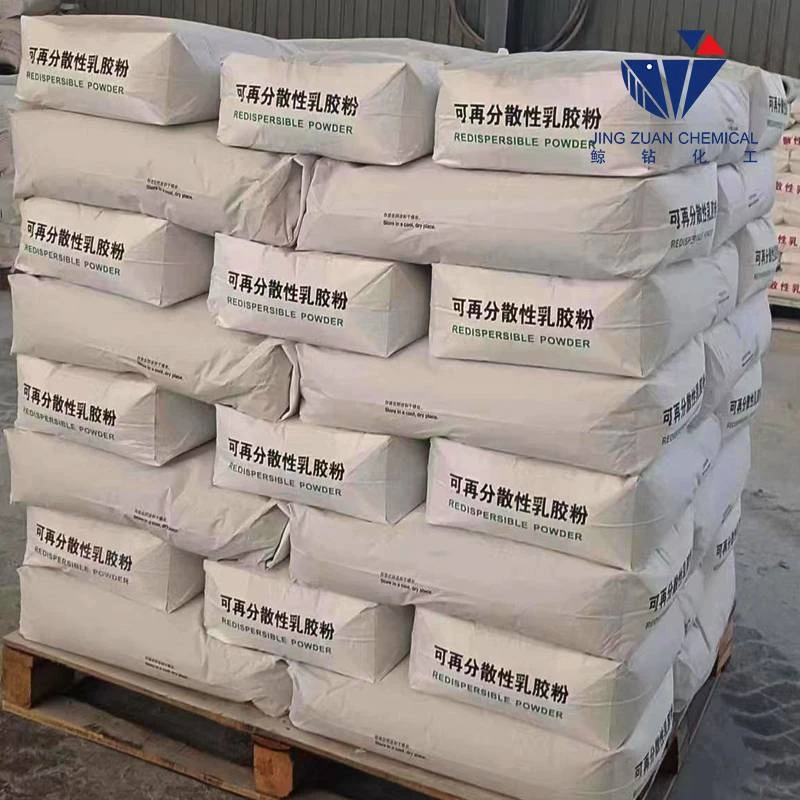
Dec . 13, 2024 11:01 Back to list
Safety Data Sheet for Hydroxyethyl Cellulose and Its Applications in Industry
Understanding Hydroxyethyl Cellulose An In-Depth Look at Its Properties and Safety Data Sheet (SDS)
Hydroxyethyl cellulose (HEC) is a non-ionic, water-soluble polymer derived from cellulose. It is widely utilized in various industries, including pharmaceuticals, cosmetics, food, and construction, owing to its unique properties. This article explores the characteristics of hydroxyethyl cellulose, its applications, and the essential information typically found in its Safety Data Sheet (SDS).
Properties of Hydroxyethyl Cellulose
HEC is characterized by its high viscosity and ability to form gels in aqueous solutions, making it an excellent thickening and stabilizing agent. Its solubility in water is one of its most valuable properties, as it allows for easy incorporation into formulations without alteration of color or flavor. Furthermore, HEC is compatible with a wide range of surfactants, salts, and organic solvents, which makes it versatile in application.
The molecular weight of HEC can significantly affect its performance. Higher molecular weight polymers tend to provide greater viscosity and thicker end products. Conversely, lower molecular weights may be preferred in applications requiring lower viscosity. This variability allows formulators to select the appropriate grade of HEC for specific end-use requirements.
Another notable feature of HEC is its thermal stability. Unlike many other thickeners, HEC maintains its thickening abilities even when subjected to heat, making it suitable for products that undergo high-temperature processes. Additionally, it does not gel or precipitate at extremes of pH, providing further flexibility in formulation design.
Applications of Hydroxyethyl Cellulose
The versatility of hydroxyethyl cellulose has led to its incorporation into a myriad of products across various sectors. In the pharmaceutical industry, HEC is often used as a binder, thickener, and stabilizer in ointments and gels. Its capacity to enhance the viscosity of formulations contributes to improved delivery and efficacy of active ingredients.
In the cosmetic field, HEC is prized for its ability to impart a smooth texture and enhance the sensory feel of products. It is commonly used in lotions, creams, shampoos, and gels, where it serves both aesthetic and functional purposes. Additionally, its moisture retention properties make it an effective ingredient for hydrating products.
The food industry also benefits from the inclusion of HEC, particularly as a thickening agent in sauces, dressings, and dairy products. It provides a desirable mouthfeel and enhances the overall consumer experience without compromising flavor.
Furthermore, HEC is utilized in construction materials such as tile adhesives, paints, and coatings. It improves the workability and application properties of these materials, leading to enhanced performance in end-use applications.
Safety Data Sheet (SDS) Overview
A Safety Data Sheet (SDS) provides critical information regarding the safety and handling of chemicals, including hydroxyethyl cellulose. The SDS is formatted into 16 sections as per regulatory standards and includes the following key points
hydroxyethyl cellulose sds

1. Identification This section details the product name, manufacturer, and recommended uses.
2. Hazard Identification HEC is generally considered non-toxic and does not present significant health hazards under normal handling conditions. However, specific formulations may vary.
3. Composition/Information on Ingredients This includes the chemical identity of HEC and any other components in formulations.
4. First-aid Measures Guidance on what to do in case of exposure, such as ingestion, inhalation, or skin contact.
5. Firefighting Measures Information on appropriate extinguishing methods and potential hazardous products of combustion.
6. Accidental Release Measures Instructions for containment and cleanup to minimize environmental impact.
7. Handling and Storage Recommendations for safe handling practices and conditions for storage to maintain product integrity.
8. Exposure Controls/Personal Protection Guidelines for workplace exposure limits and personal protective equipment.
9. Physical and Chemical Properties A description of HEC's physical and chemical characteristics, including its appearance, solubility, and stability.
10. Stability and Reactivity Information on HEC's stability under various conditions and its potential hazardous reactions.
11. Toxicological Information Data on HEC’s toxicity, including potential routes of exposure and effects.
Understanding hydroxyethyl cellulose, along with its properties, applications, and safety information, is crucial for industries that rely on this versatile polymer. By adhering to the guidelines outlined in the SDS, users can ensure safe handling while taking full advantage of the benefits that HEC offers. With ongoing innovations and research, the potential uses and enhancements of hydroxyethyl cellulose continue to expand, making it an integral component in many formulations across different sectors.
-
Versatile Hpmc Uses in Different Industries
NewsJun.19,2025
-
Redispersible Powder's Role in Enhancing Durability of Construction Products
NewsJun.19,2025
-
Hydroxyethyl Cellulose Applications Driving Green Industrial Processes
NewsJun.19,2025
-
Exploring Different Redispersible Polymer Powder
NewsJun.19,2025
-
Choosing the Right Mortar Bonding Agent
NewsJun.19,2025
-
Applications and Significance of China Hpmc in Modern Industries
NewsJun.19,2025







